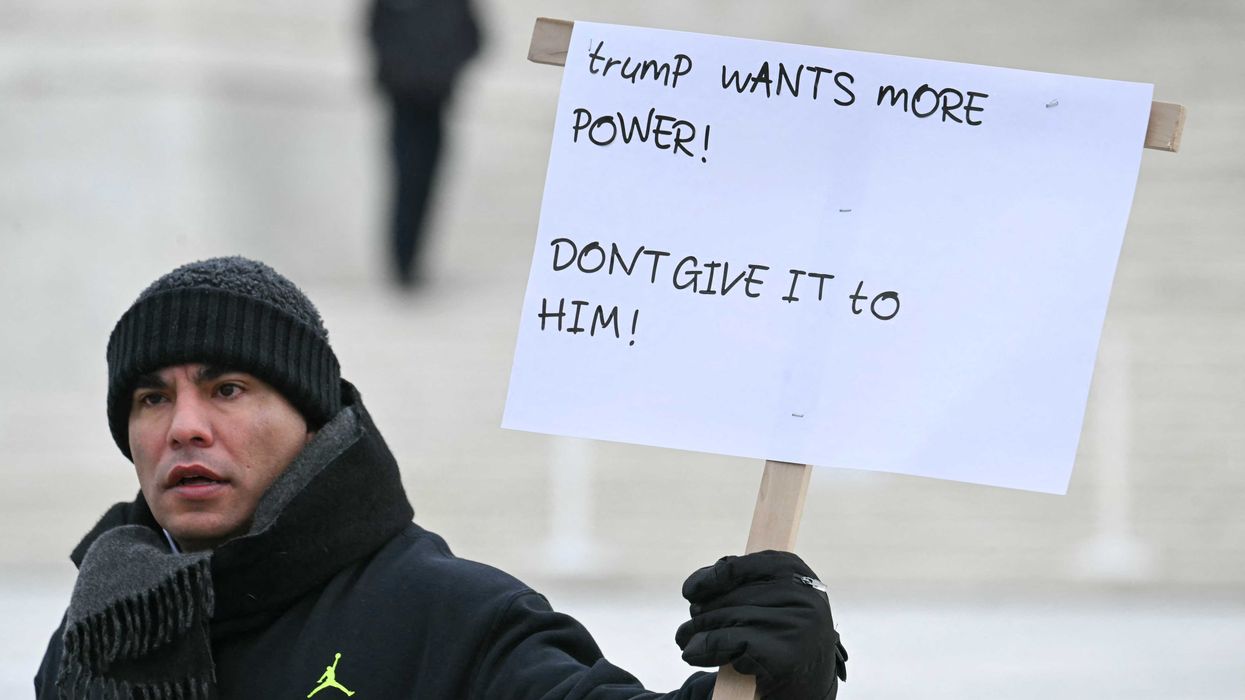Learning is crucial. Education is just the structure. So the question is: what is the best education we can provide for quality learning to take place among future generations?
Parents and teachers complain about students being less motivated because schools either cause too much stress or too much boredom among kids. Despite what some politicians and celebrities seem determined to achieve, a one-size-fits-all education simply won't work in this country. Americans come from highly diverse backgrounds, ethnicities, incomes and cultures, which means successful education cannot be dictated by standardized government institutions.
Flexibility and autonomy are key ingredients to success.
Thankfully, alternatives do exist for parents to take charge of their children's education. PragerU recently released a video about how one girl's life was transformed and how she achieved success all because of school choice.
Here are five alternative options to escape the federal government’s grasp on your children’s education.
1. Online

Whether on laptops or smartphones, students are taking advantage of virtual schools popping up all over the internet. And why not? Taking online courses is convenient, cost-effective and practically limitless in terms of available subject matter. Online schools offer varied curriculums and formats that cater to many styles of learning. Today's technological revolution broadens and enhances this educational alternative continually.
Prior to enrollment, be sure to do your research on the programs, instructors and overall quality of the school. Organizations like SR Education Group can help you navigate by providing comprehensive lists of most affordable, most recommended and even top military friendly online schools.
2. Charter

Like school districts, charter schools are monitored and accredited under the statewide testing and accountability system due to the strings attached to the federal government. Despite this required state protocol, this type of structure still provides teachers the autonomy to run their classrooms as they see fit. This means curriculums are often founded on solid principles, while teachers have the flexibility to specialize in certain areas and switch things up as needed for the benefit of the students.
According to the National Alliance for Public Charter Schools, there were more than 6,900 charter schools in the United States, enrolling an estimated 3.1 million students from 2016 to 2017.
3. Private

Private schools can be a smart way to get a personalized education of your liking. Finding a private school that supports your religious views or other values in its curriculum is often worth the financial investment when it ensures a healthy learning environment for your child. In a report shared by the Council of American Private Education, 80 percent of parents with enrolled children reported being "very satisfied" with their child's education as well as the academic standards of the private school.
An advantage of a good private school is that smaller class sizes, qualified instructors and curriculums based on your values promote a challenging, but intellectually rewarding experience for your child.
4. Homeschool

Homeschooling offers one of the most personalized educational experiences possible. In this setting, you don't have to rely on a government institution (or any institution, for that matter) to influence your child's learning. As a parent, you can teach your child the art of learning by absorbing and mastering materials in all of life, not only in academics --- something often overlooked and difficult to achieve in regular schools. This option is becoming more and more practical with the development of new curriculums and homeschooling communities.
In addition to being the most personal education you can give your child, homeschooling is also much less of a burden on taxpayers. Brian D. Ray, Ph.D. with the National Home Education Research Institute, observed taxpayers fork out an average of $11,732 per public school student (K-12), while homeschooling families pay only an average of $600 per child.
If you are a confident parent and ready to go through an education again yourself, homeschooling is an inventive experience where you get to be with your growing child every step of the way.
5. Trade School

When it comes to higher learning, our society tends to assume a four-year degree at a prestigious university or college is the only way to sprout wings and become successful. Trade schools provide an environment where students learn the actual skills they need for real-life work experience, instead of a vague, standardized route that often lacks foundational knowledge for many possible careers.
Not only do trade schools provide a head start in the hiring field, they are often much more financially manageable than college. In a recent article, The Simple Dollar highlighted the statistic that trade school students graduate with 70 percent less debt than the average four-year degree student. The departments and work specialization of these schools cover careers in the fields of entertainment, culinary arts, film-making, radio and television broadcasting, business, paralegal studies, graphic design, nursing, radiology technology, computer technology, mechanical engineering, welding, electrical work, carpentry and more.
Television host and actor Mike Rowe has been a big proponent of trade schools as a valuable option for secondary education. His mikeroweWORKS Foundation helps high school graduates pay their way through a trade school where they can learn the skills necessary for "jobs that actually exist." These schools teach habits of hard work and discipline as well as the readiness to be hired into a career that they have been trained for. A four-year college experience certainly offers skills needed for careers in the future, but trade schools can provide an extra head start, getting students into the workforce sooner than many of their peers.
Conclusion
To resist an encroaching federal government that limits choices for our children's education, Americans must get involved to improve our nation's education system for future generations to thrive. While considering school choice, it's important to remember successful education results in the desired outcome of learning for our children. Anything that inhibits or prevents this desired outcome contradicts a healthy education.

 JIM WATSON / Contributor | Getty Images
JIM WATSON / Contributor | Getty Images
 Joe Raedle / Staff | Getty Images
Joe Raedle / Staff | Getty Images AASHISH KIPHAYET / Contributor | Getty Images
AASHISH KIPHAYET / Contributor | Getty Images Harold M. Lambert / Contributor | Getty Images
Harold M. Lambert / Contributor | Getty Images